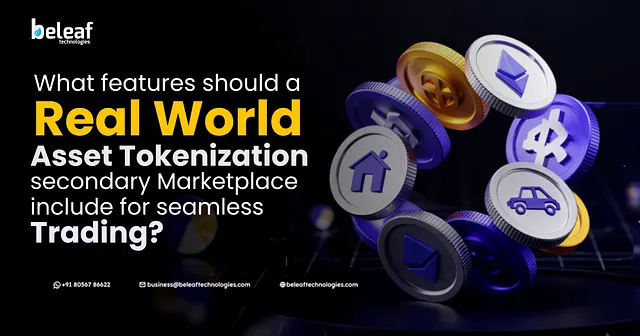Cardano Price Forecast: ADA Could Reach $1.09, But This Token is Set to Gain 25X and Flip $250 into $62,500
Investors are keen to purchase Cardano (ADA) because it is one of the most mature projects in the crypto market. TradingView data shows that ADA was trading at around $0.54 recently. On the other hand, experts believe that ADA may surge to $1.09 if the market’s momentum is strong. Although this may allow the crypto to double in value in the short term, there is a growing trend in 2025 of making money with presales that can offer exponential growth. Among these, Little Pepe (LILPEPE) is positioning itself as one of the most compelling projects in the meme and DeFi ecosystem.
Cardano (ADA) May Test $1.09 Resistance
Historically, Cardano has offered investors a cautious balance between innovation and stability. Its smart contract functionality and ecosystem development have enabled adoption across DeFi, NFT, and enterprise solutions. Analysts reviewing CoinMarketCap data suggest ADA’s next price target is $1.09, a level that could act as a major resistance point.


However, ADA’s growth trajectory remains constrained by slower ecosystem expansion when compared to rivals such as Solana (SOL). This suggests that while ADA could provide consistent gains, the outsized 20x–30x returns sought by speculative investors may be more likely found in high-growth presale tokens.
Little Pepe (LILPEPE) Presale Momentum
Little Pepe (LILPEPE) has quickly advanced to Stage 13 of its presale, with tokens priced at $0.0022. The project has so far raised $26,340,360 of its $28,775,000 goal (93.58% of the current funding round), with over 16.1 billion tokens having been sold. This positive uptake is an indication that investors are both confident in the utility and cultural positioning of the token.
Unlike meme tokens that rely solely on internet culture, Little Pepe is built on a Layer 2 blockchain designed exclusively for meme projects. This offers ultra-low transaction fees, faster finality, and unique resistance to sniper bots. If LILPEPE achieves its projected growth trajectory, speculative models suggest that an early $250 entry could appreciate into over $62,500, equating to a 25x gain.
Tokenomics and Ecosystem Outlook
The project’s tokenomics further reinforce its long-term potential. With allocations toward liquidity (10%), staking rewards (13.5%), and marketing (10%), the structure is designed to support both community growth and sustainable exchange activity. Importantly, the project has pledged a 0% tax structure, aligning with the ethos of financial freedom that underpins DeFi markets.
Little Pepe also plans to introduce a memes Launchpad on its Layer 2 chain, creating a niche environment where meme tokens can launch, trade, and scale. This suggests that LILPEPE may not only compete with meme coins like Dogecoin (DOGE) and Shiba Inu (SHIB), but also position itself as a dedicated infrastructure provider for meme culture in Web3.
Little Pepe Mega Giveaway
Adding momentum to its presale, the team has announced the Little Pepe Mega Giveaway. Running between Stages 12 and 17, the campaign has already attracted 73,881 entries, with 93 days remaining. Rewards are tiered to incentivize large and small buyers alike. In total, over 15 ETH in rewards will be distributed, strengthening presale participation. The principle is straightforward: the bigger the buy, the bigger the win.
Conclusion
While Cardano (ADA) may still deliver respectable gains if it climbs toward the $1.09 resistance, the potential for exponential returns appears to be shifting toward new entrants such as Little Pepe (LILPEPE). With its unique Layer 2 chain for meme tokens, sniper-bot resistance, and an ongoing presale that has already raised over $26 million, Little Pepe suggests a high-growth alternative for investors seeking speculative upside. As always, data indicates that diversification remains essential, but the trajectory of meme-driven infrastructure tokens like LILPEPE could mark one of the most notable shifts in the 2025 market cycle.
To learn more about the presale or join the community, check out the Little Pepe website and follow updates on Little Pepe.
For more information about Little Pepe (LILPEPE) visit the links below:
Website: https://littlepepe.com
Whitepaper: https://littlepepe.com/whitepaper.pdf
Telegram: https://t.me/littlepepetoken
Twitter/X: https://x.com/littlepepetoken

También te puede interesar

South Korea’s $657 Million Exit from Tesla Signals a Big Crypto Pivot

CME to launch Solana and XRP futures options on October 13, 2025
